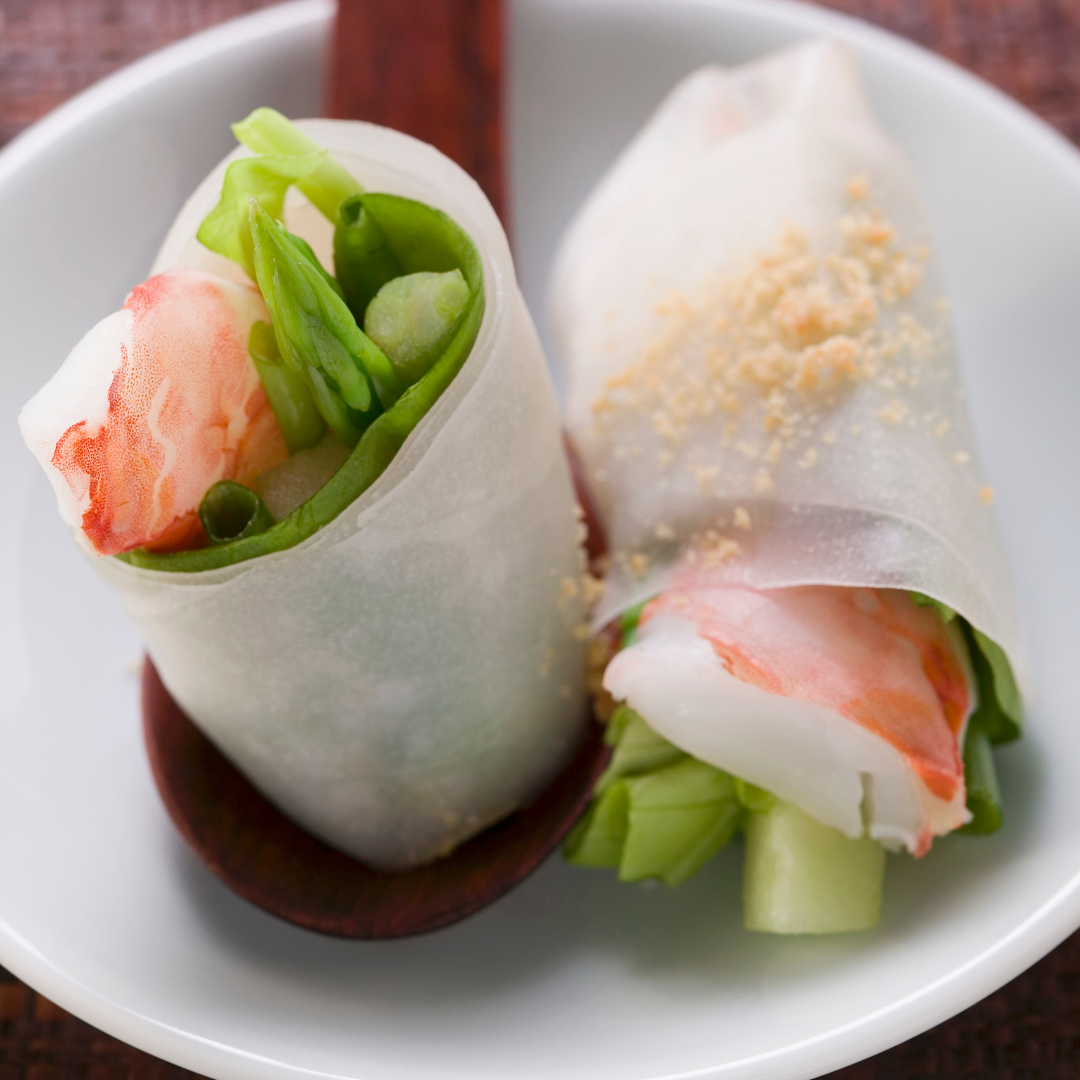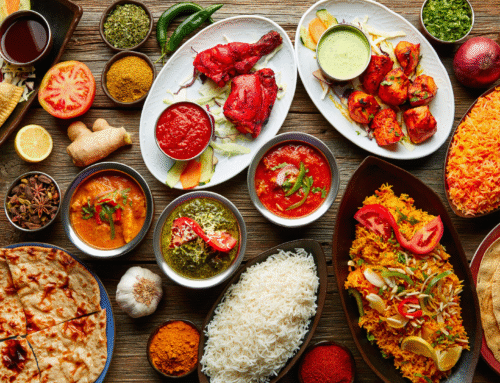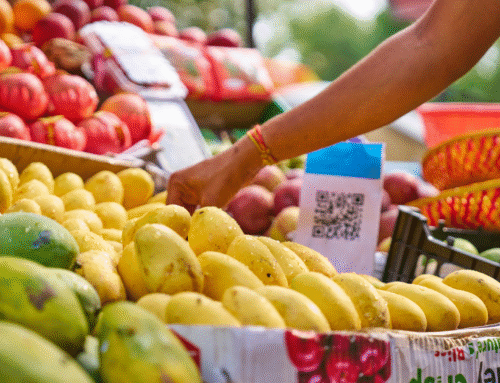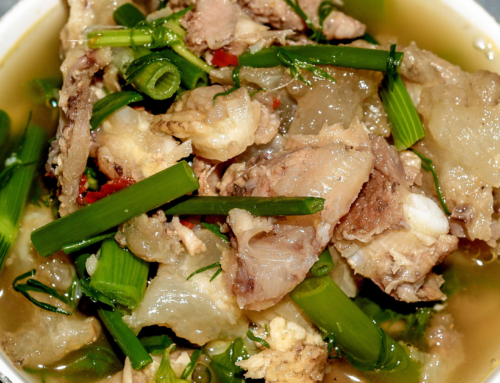Vietnamese Spring Rolls are a popular dish across the world. This is because it’s a recipe that has been around for generations, and it takes very little time to make. The meal consists of a thin, crispy rice paper wrapper and is usually filled with vegetables, meat, or seafood. This is a dish that has been passed down for generations as they are believed to have originated in the region over 1000 years ago.
When eating this dish, it is important to remember the order of ingredients and how they should be assembled from top to bottom. This will ensure that you achieve the proper balance of flavors and textures as well as presentation. The ingredients should also be cut into thin strips before being mixed together with the rice paper wrapper.
The Vietnam Spring Roll comes from Vietnam, which means it has been influenced by Chinese cuisine and fusion cuisine such as French-Indonesian fusion food.
How to Make Vietnamese Spring Rolls: Recipe and Ingredients Used in Making Vietnamese Spring Rolls
Vietnamese Spring Rolls are a popular dish enjoyed by people of all ages. There are many variations of this dish, but the ingredients usually include rice paper, shrimp, fish sauce, lime juice, and cilantro.
Vietnamese Spring Rolls are traditionally made with rice paper wrappers and thinly sliced vegetables such as cabbage, cucumber, carrots, and cilantro. Sometimes you can find them with pork or shrimp as well. The dipping sauce for these rolls is usually made with fish sauce and lime juice.
The recipe for preparing Vietnamese spring rolls was originally passed down from generations of families in Vietnam. Learning this recipe provides an insight into the cultural heritage of Vietnam and its people.
The preparation methods for this dish also vary depending on region and family. In Ho Chi Minh, people use a rice paper wrap as the main ingredient in their spring roll, whereas central Vietnam uses a banana leaf wrapper. These differences illustrate how food is influenced by the dietary habits and preferences of different regions.
This dish is popular in Vietnamese culture because it offers a balanced meal with fresh vegetables and protein and can also be eaten during the day as it requires very little preparation or ingredients. The leaves are typically dipped in a mixture of fish sauce, sugar, soy sauce, salt, garlic.
What Makes These Vietnamese Spring Rolls Special?
These spring rolls are made with rice paper wrappers to ensure they fry without turning soggy.
The flavors in the sauce complement the spring roll very well. The wrapper’s texture is soft and delicate, so it is easy to eat without breaking or tearing. The filling is packed with shredded vegetables for a hearty flavor that has been spiced up even more with sugar, fish sauce, vinegar, and chilies.
These Vietnamese spring rolls are traditionally made and served in a way that combines the flavors of different vegetables, herbs, and spices. The crunchy noodles contrast with the soft egg roll wrapper, filled with rice noodles and vermicelli noodles.
The ingredients in these spring rolls are the result of centuries-old cultural fusion. These tasteful sliders are a perfect appetizer for any occasion. They offer an array of textures and flavors that will make your taste buds sing!
Vietnamese Food and Spring Roll Culture in the US
Vietnamese food in the US is becoming very popular. With people’s increasing interest in Vietnamese food, more and more restaurants are offering this type of cuisine. The Spring Roll Culture in the US is also changing as it has become a popular dish to offer at many restaurants and menus.
The popularity of this dish has skyrocketed recently, with many people making their own versions of spring rolls at home. Nowadays, it’s not only served by restaurants or sold in grocery stores, but it’s also offered as a meal for children’s parties, work meetings, or even on social media sites like Snapchat.
Spring rolls were first introduced to the U.S by Vietnamese immigrants back in the 1980s when they brought them to America during War II as part of their efforts to raise money for their country.




